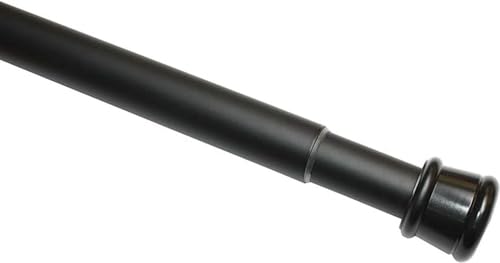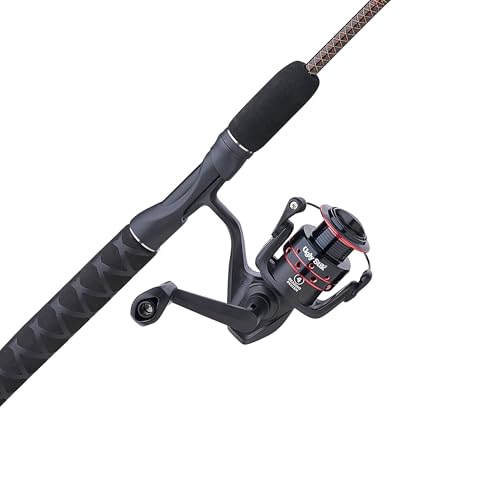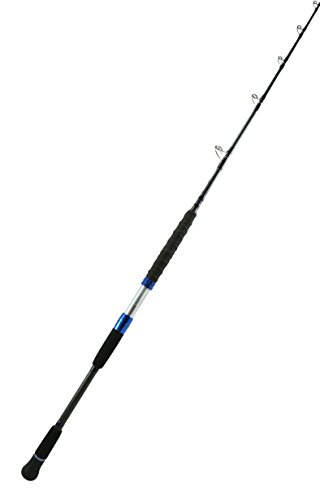A landlord can keep a damage deposit in Alberta when there is damage to the rental property beyond normal wear and tear. Renting a property comes with certain obligations for both landlords and tenants.
One such obligation is the payment of a damage deposit, which is typically collected by the landlord before the tenant moves in. This deposit is intended to cover any potential damages that may occur during the tenancy. However, it is essential to understand under what circumstances a landlord can withhold the damage deposit in Alberta.
We will explore the specific situations where a landlord is entitled to keep the damage deposit, providing you with a clear understanding of your rights and responsibilities as a tenant in Alberta. It is important to be aware of these guidelines to ensure a smooth and fair resolution when it comes to the return of your damage deposit.
When Can A Landlord Keep Your Damage Deposit?
A landlord in Alberta can keep a damage deposit if there is unpaid rent, outstanding utilities, or damages beyond normal wear and tear.
Understanding Damage Deposits In Alberta
In Alberta, when you rent a property, landlords often require you to pay a damage deposit. A damage deposit is a specific amount of money that you pay upfront. It serves as security for the landlord to cover any potential damages you might cause during your tenancy.
However, as a tenant, it’s essential to know your rights regarding the return of your damage deposit. Understanding when a landlord can keep your damage deposit can help you protect your finances and ensure a fair outcome at the end of your tenancy.
Legitimate Reasons For Landlords To Keep A Damage Deposit
Landlords in Alberta are generally allowed to keep your damage deposit if you have caused any damage to the property beyond normal wear and tear. The term “normal wear and tear” refers to the natural deterioration that occurs over time with normal use of the property.
Here are some legitimate reasons why a landlord might withhold your damage deposit:
- Excessive cleaning costs: If you left the rental unit in a dirty or untidy condition, and the landlord had to hire professionals to clean it, they may deduct these costs from your damage deposit.
- Unpaid rent or utilities: If you owe any outstanding rent or utility bills when you move out, your landlord has the right to deduct these amounts from your damage deposit.
- Repairs for damage: If any damages, such as broken windows, holes in walls, or damaged appliances, occurred due to your negligence or intentional actions, the landlord can deduct the cost of repairs from your damage deposit.
Remember, landlords must provide documentation, including itemized lists of deductions and receipts, to support their decision to withhold a portion or the entire damage deposit. They must also provide this information within a specific timeframe after you move out.
Procedures For Returning Or Withholding A Damage Deposit
When it comes to returning or withholding a damage deposit, landlords in Alberta must follow a specific set of procedures:
- The landlord must conduct an inspection of the rental unit within one week after you move out or when the unit becomes vacant, whichever comes first.
- If the landlord intends to withhold any portion of your damage deposit, they must provide you with an itemized list of deductions, along with any supporting documentation, within 10 days of the inspection.
- The landlord must return your damage deposit within 10 days of the inspection if they do not intend to make any deductions.
- If you do not agree with the deductions, you have the right to dispute them. In this case, you should notify your landlord in writing within 10 days of receiving the notice of deductions.
- If your landlord does not return your damage deposit within the specified timeframe or fails to provide an itemized list of deductions, you may be entitled to a full refund. You could also pursue legal action to recover your deposit.
Understanding these procedures is essential, as it helps protect your rights as a tenant and ensures a fair resolution regarding the return of your damage deposit.
Frequently Asked Questions On When Can A Landlord Keep Damage Deposit Alberta?
What Are The Rules For Damage Deposit In Alberta?
The rules for damage deposits in Alberta are straightforward. Landlords can only request a maximum of one month’s rent as a damage deposit. They must provide a signed and dated receipt, and return the deposit within 10 days of the tenancy ending.
Landlords can only use the deposit to cover unpaid rent or damages beyond normal wear and tear.
Can My Landlord Keep My Deposit If I Leave Early Alberta?
Your landlord can keep your deposit if you leave early in Alberta.
Can A Landlord Charge For Cleaning In Alberta?
Yes, a landlord in Alberta can charge for cleaning.
Is A Damage Deposit Refundable?
Yes, a damage deposit is refundable, as long as there are no damages or losses incurred during the rental period. The deposit is returned at the end of the lease term.
Can A Landlord Keep The Damage Deposit In Alberta?
Yes, a landlord can keep the damage deposit in Alberta, but only for specific reasons.
Conclusion
Based on the regulations set forth by the Residential Tenancies Act in Alberta, landlords may keep a damage deposit to cover any necessary repairs or cleaning costs incurred during a tenant’s stay. However, it is essential to understand the specific circumstances in which a landlord can legally retain the security deposit.
By familiarizing yourself with the guidelines provided by the legislation, both landlords and tenants can ensure a fair and transparent resolution. If you have any further questions or concerns, it is advised to seek legal advice for your specific situation.
I am a full service Real Estate Professional in Brevard, FL, that takes my clients & career very
seriously.



Leave a Reply